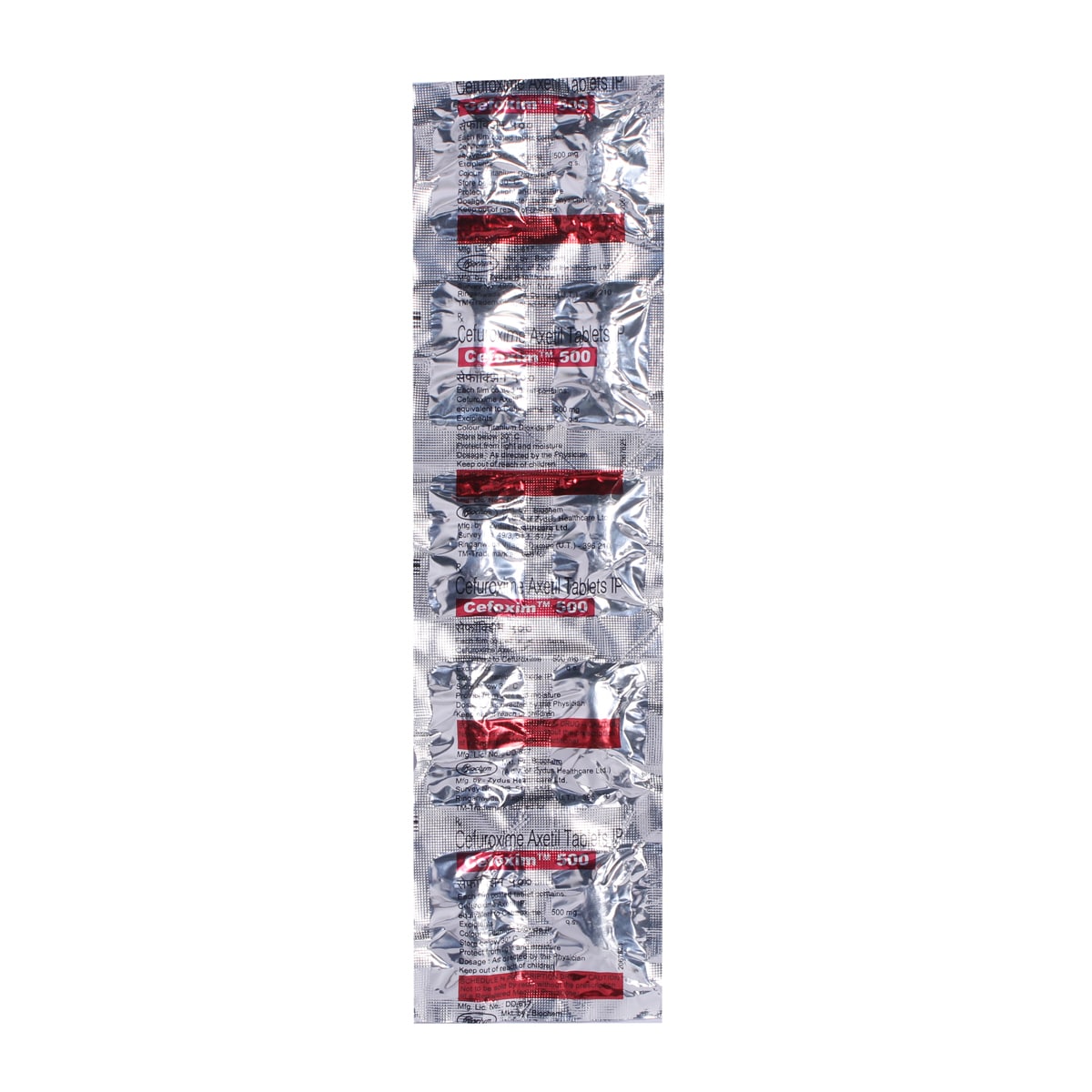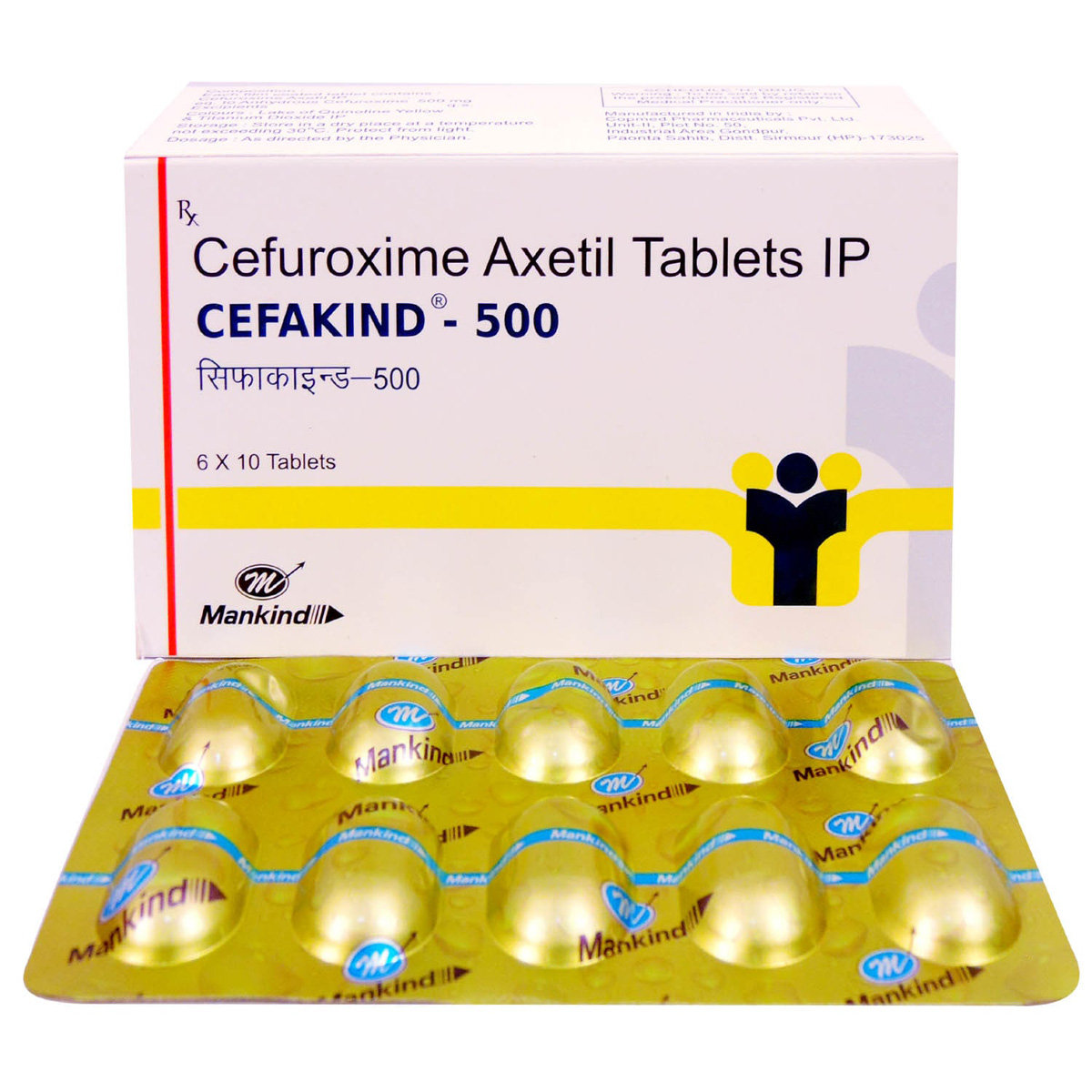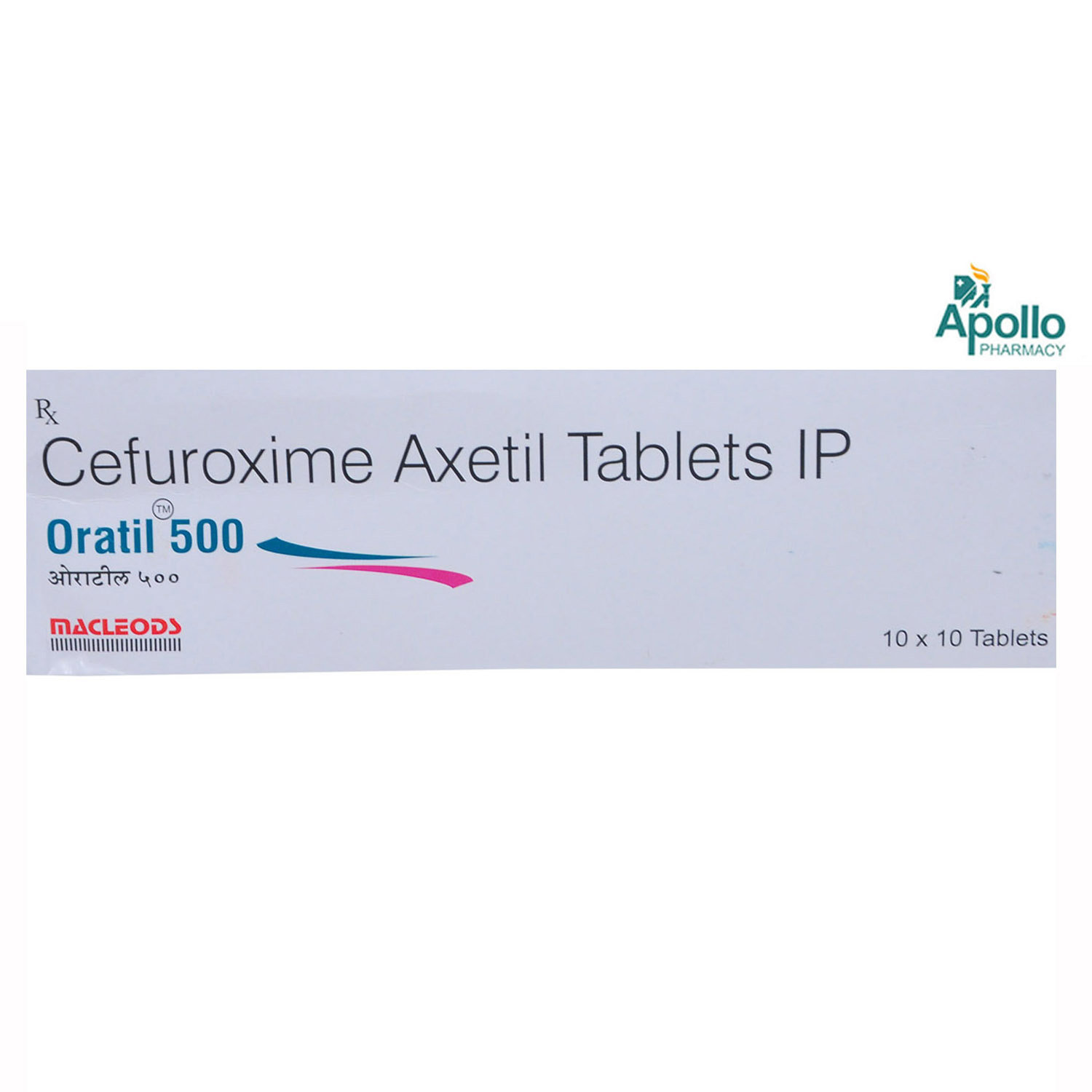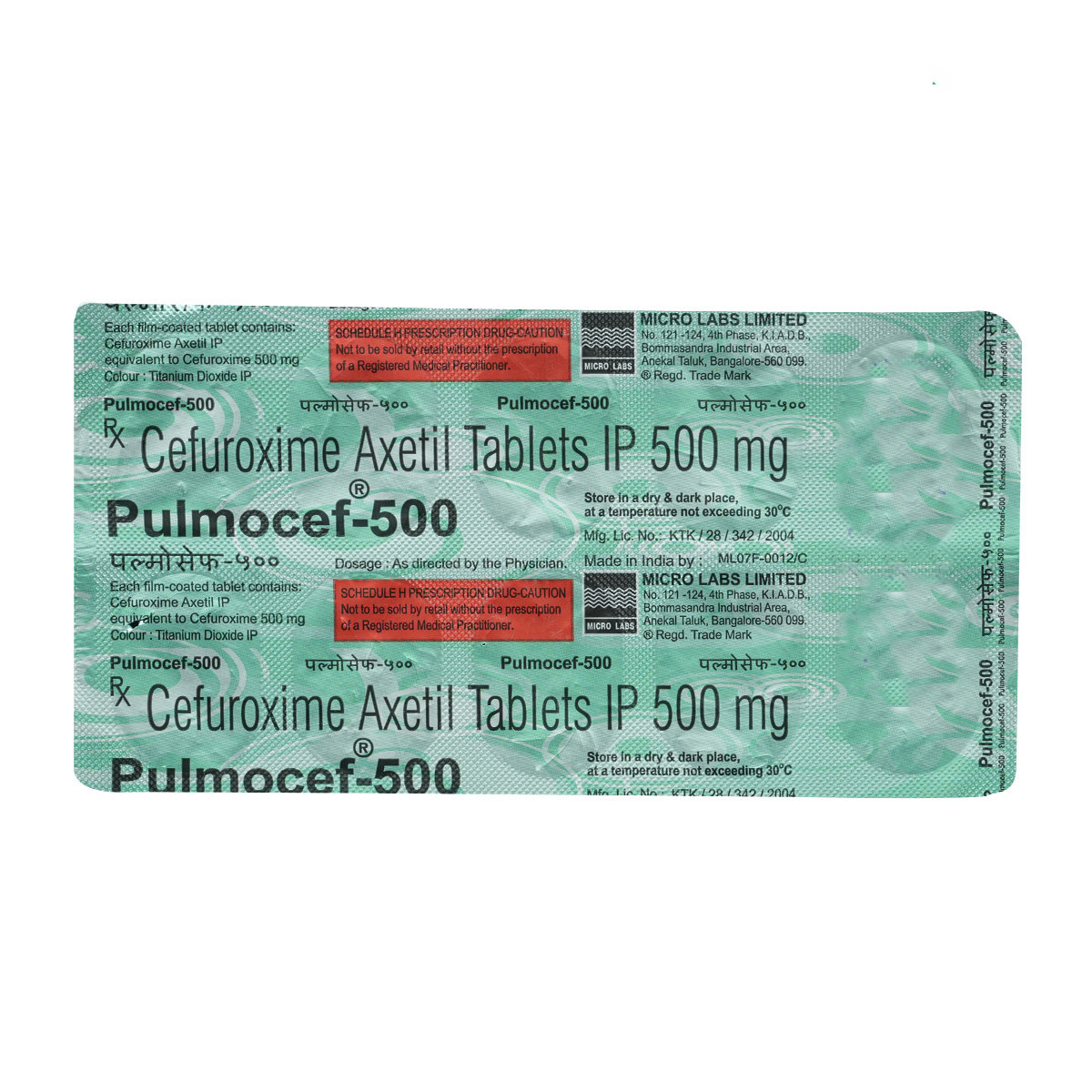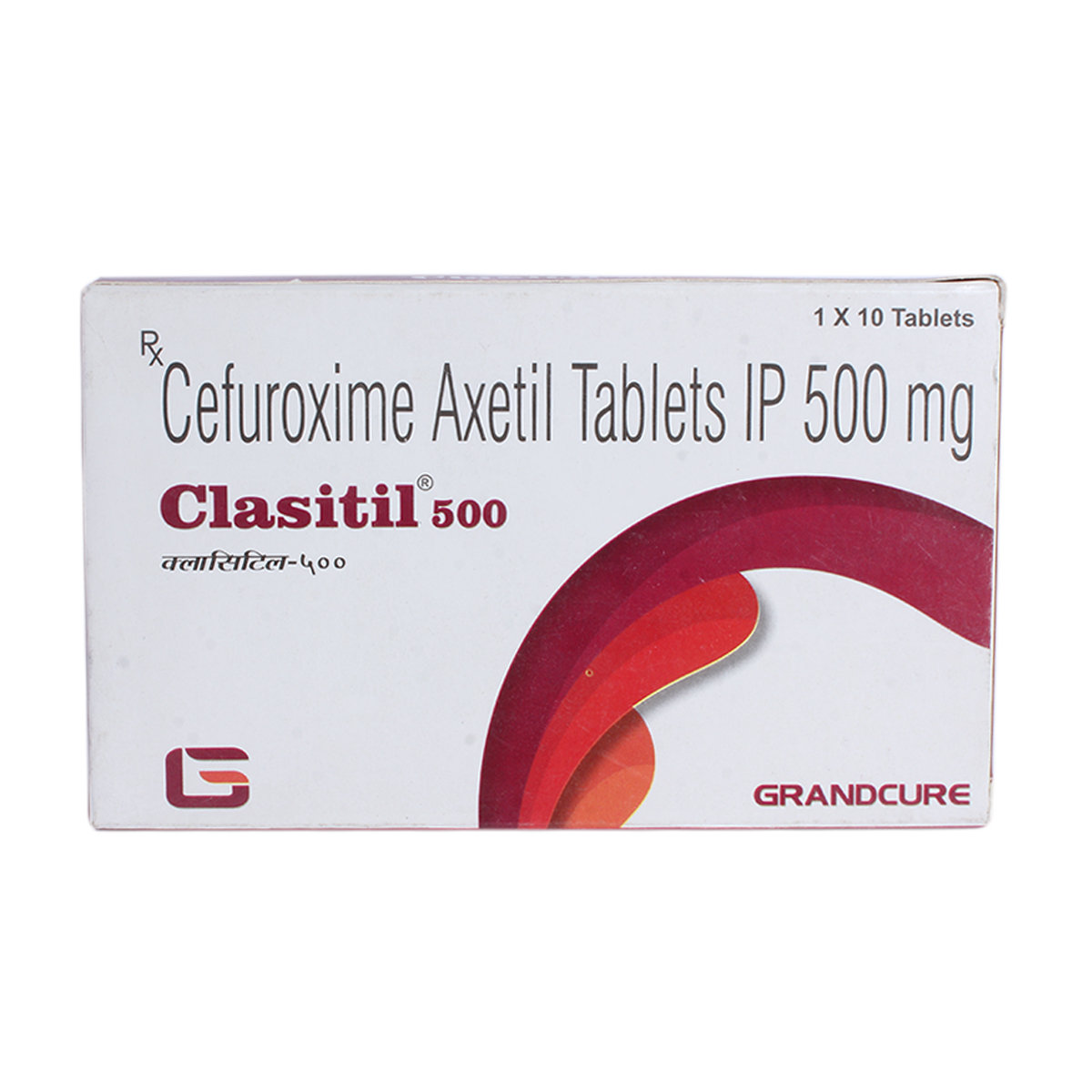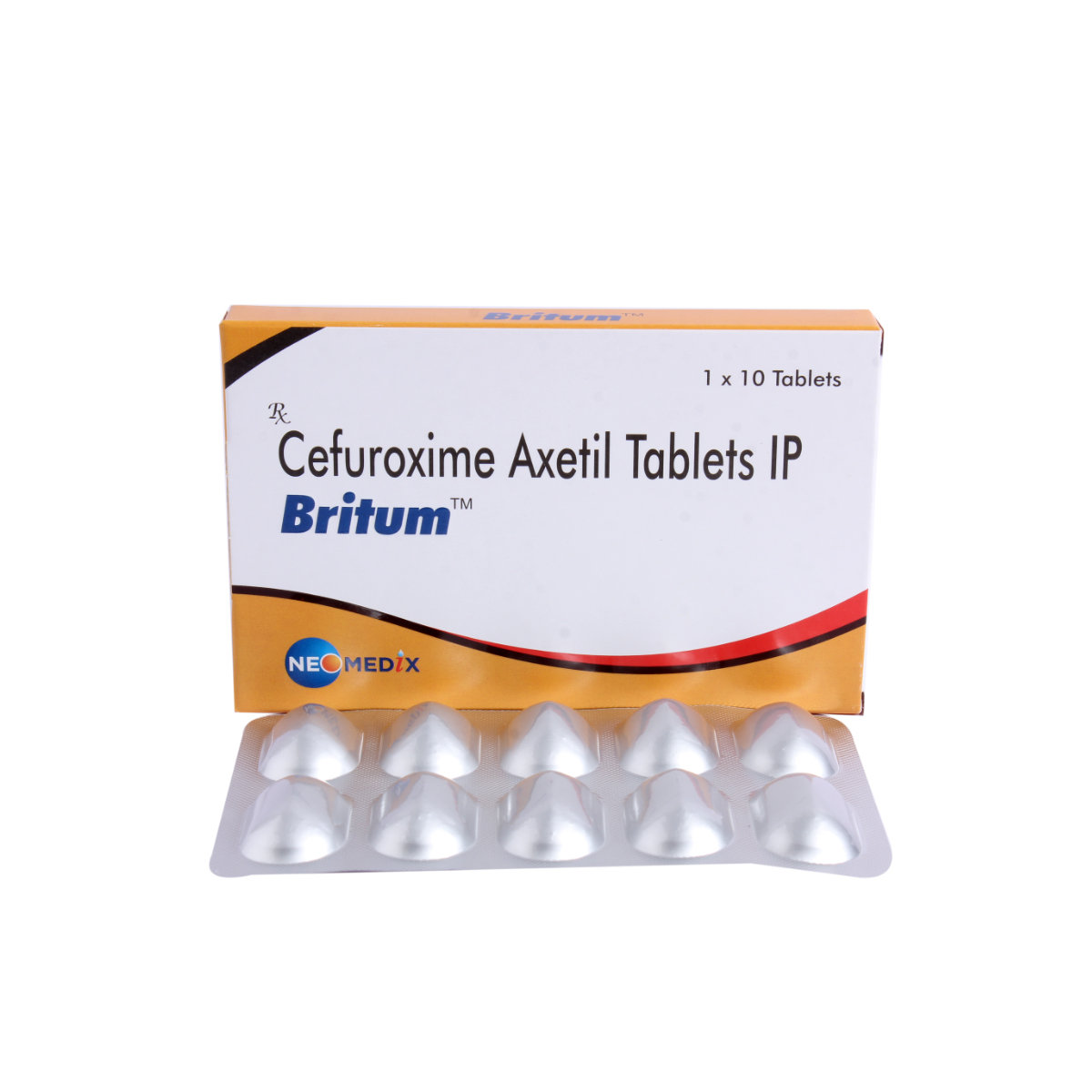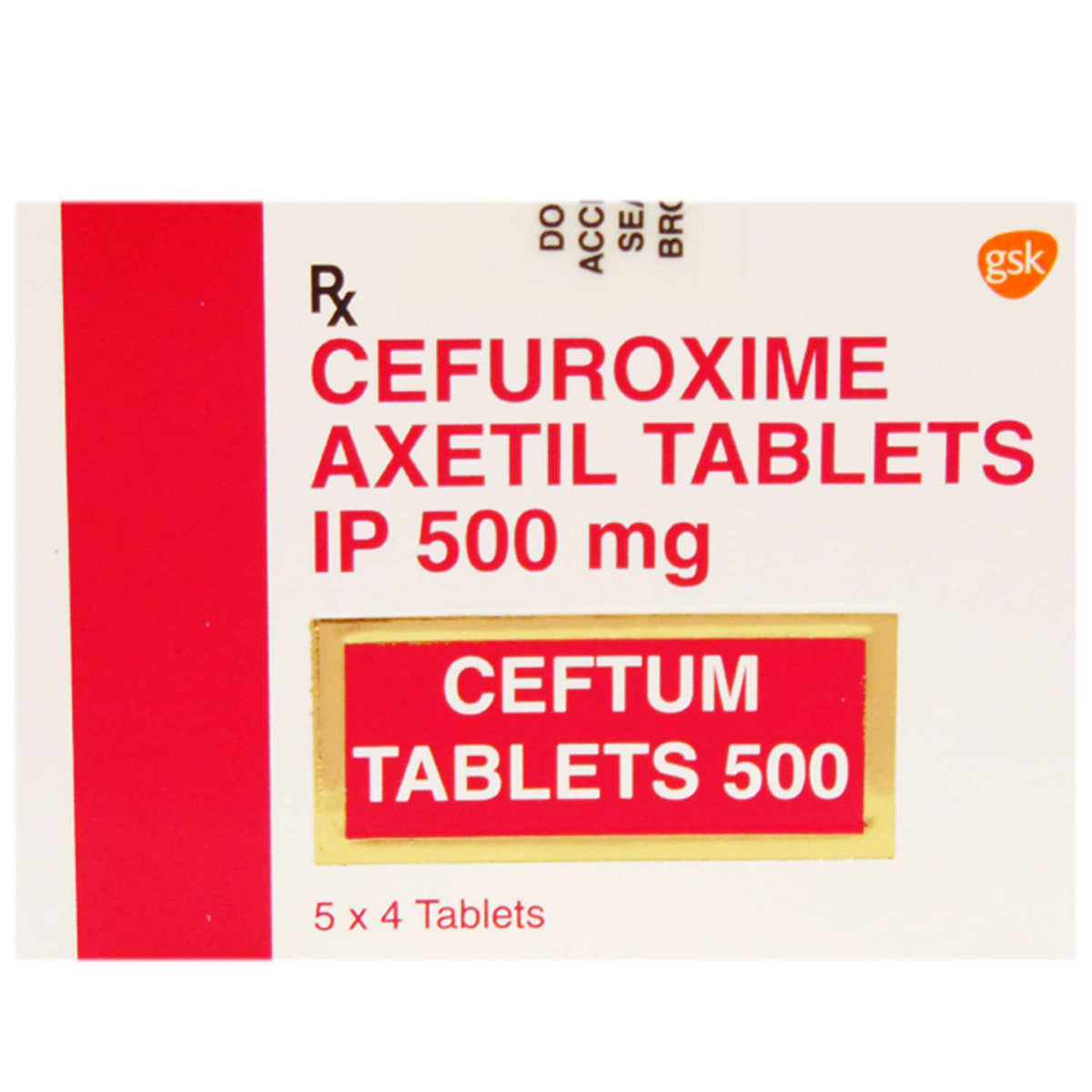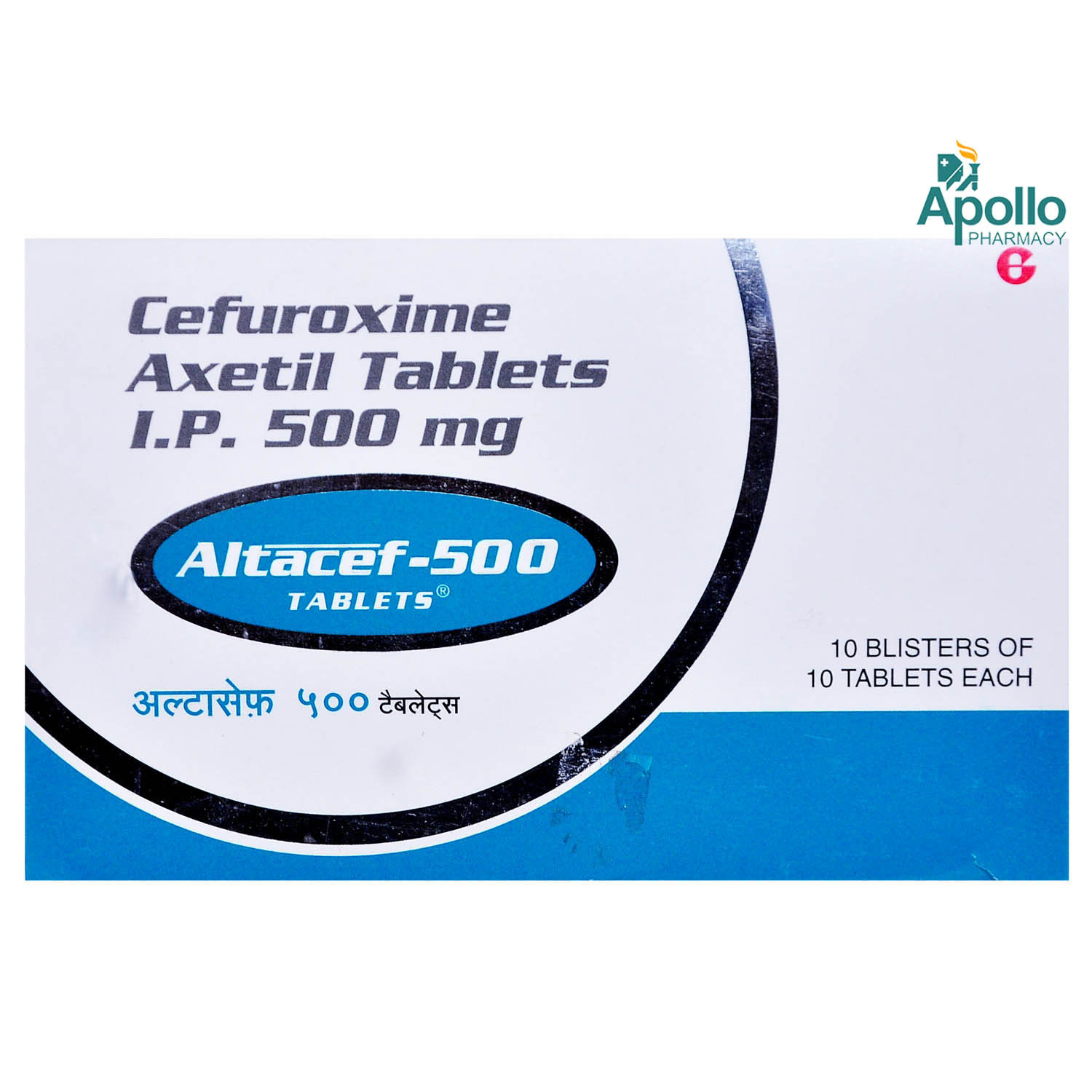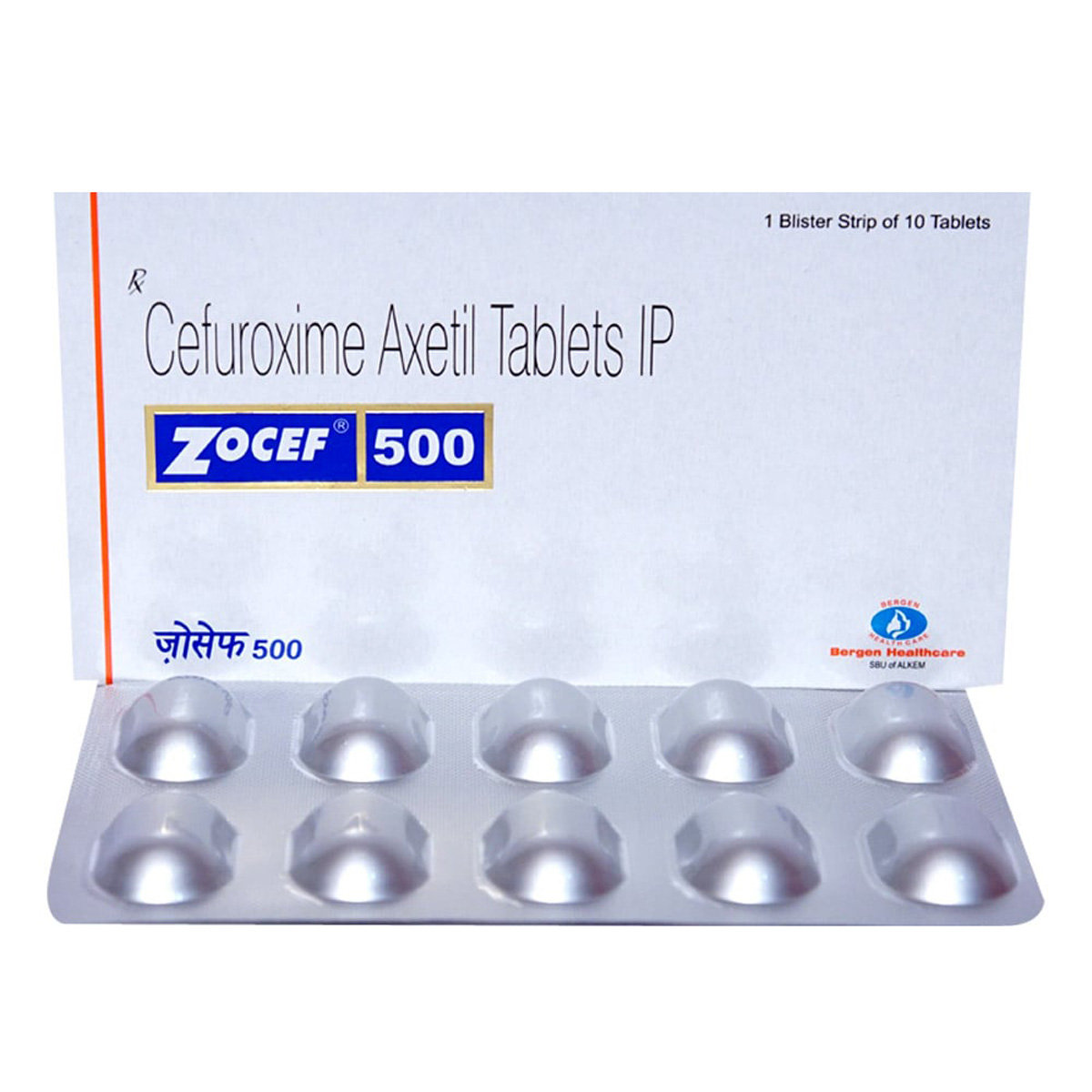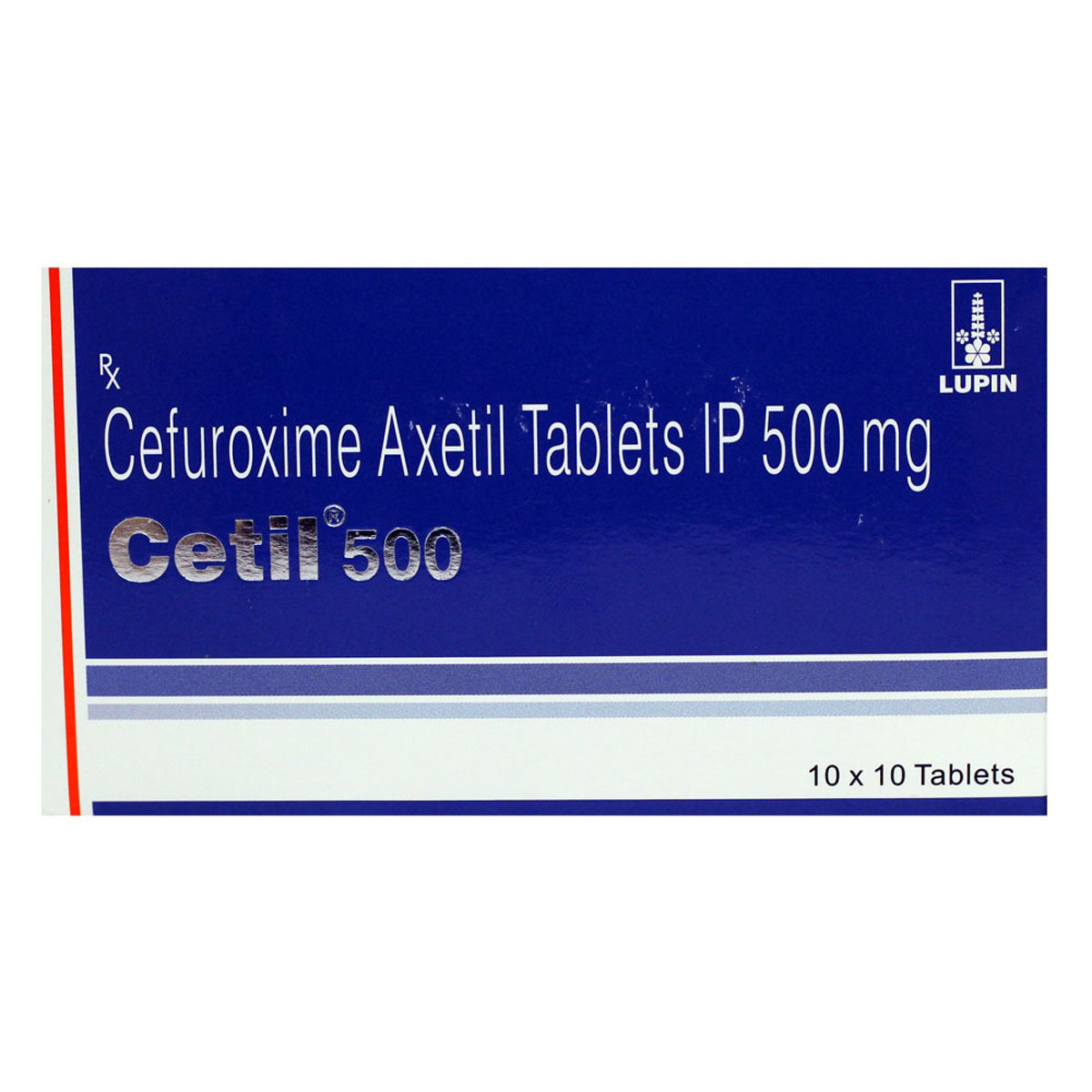Claventia 500 mg Tablet

MRP ₹540
(Inclusive of all Taxes)
₹81.0 Cashback (15%)
know your delivery time
Provide Delivery Location
Composition :
Manufacturer/Marketer :
Consume Type :
Expires on or after :
Return Policy :

Secure Payment

Trusted by 8 Crore Indians

Genuine Products
Therapeutic Class
Country of origin
Manufacturer/Marketer address
Author Details
We provide you with authentic, trustworthy and relevant information
Disclaimer
Alcohol
Safe if prescribed
You are recommended not to consume alcohol along with Claventia 500 mg Tablet .
Pregnancy
Consult your doctor
Claventia 500 mg Tablet is a pregnancy category B drug. So, Claventia 500 mg Tablet can be safely taken by pregnant women if prescribed by the doctor.
Breast Feeding
Consult your doctor
Claventia 500 mg Tablet is excreted in human milk, caution should be exercised. Your doctor will weigh the benefits and any potential risks before prescribing it to you.
Driving
Safe if prescribed
No studies on the effects on the ability to drive and use machines have been performed. However, as this medicine may cause dizziness, patients should be warned to be cautious when driving or operating machinery.
Liver
Consult your doctor
Consult your doctor, there is no substantial research yet on the use of Claventia 500 mg Tablet
Kidney
Consult your doctor
Consult your doctor, there is no substantial research yet on the use of Claventia 500 mg Tablet
Children
Safe if prescribed
Claventia 500 mg Tablet can be given safely to children provided dose has been prescribed by a child specialist. However, There is no clinical evidences of using Claventia 500 mg Tablet in children under the age of 3 months.
Product Substitutes
About Claventia 500 mg Tablet
Claventia 500 mg Tablet belongs to the class of antibiotics known as cephalosporin, indicated for treating a wide range of bacterial infections. It helps in the treatment of urinary tract infections (UTI), Mild to moderate lower respiratory tract infections (bronchitis), severe lower respiratory tract infections (pneumonia), pyelonephritis (kidney inflammation due to the bacterial infection), uncomplicated gonorrhoea (sexually transmitted infection), Lyme disease (caused due to biting of infected black-legged tick insect) in adults and children above 12 years of age.
Claventia 500 mg Tablet is a broad-spectrum antibiotic that kills a wide range of bacteria (bactericidal). It kills the bacterial cell by binding to the outer layer of the bacteria and blocking the activity of the enzyme that makes peptidoglycan (a vital component of the bacterial cell wall). As a result, the bacterial cell cannot grow and multiply and finally gets killed.
You should take Claventia 500 mg Tablet only if your doctor has prescribed you. Claventia 500 mg Tablet is available in various forms, such as oral tablets, dispersible tablets, and oral suspension. Most bacterial infections get treated within one week, while some conditions might take longer. So, it would be best if you tried to complete the dose your doctor prescribed for the specific bacterial infection. During the treatment with Claventia 500 mg Tablet , you may observe some mild and transient nature of common side effects like headache, dizziness, stomach upset, overgrowth of candida (fungal skin infection), unpleasant taste in the mouth, diaper rashes, and eosinophilia (increased disease-fighting cells WBCs). These side effects are usually in the initial phase and then resolved after some time. However, if these side effects persist, let your doctor know about them.
Overdosage of Claventia 500 mg Tablet can cause brain problems (cerebral irritation with fits or convulsions attack). There is no clinical evidence of a Claventia 500 mg Tablet effect on the mother or baby during pregnancy. However, one should take the Claventia 500 mg Tablet with caution. Claventia 500 mg Tablet is excreted in the breastmilk, so the nursing mother should cautiously take Claventia 500 mg Tablet . This antibiotic may cause dizziness, so patients should be cautious while driving a motor vehicle or operating machinery. Claventia 500 mg Tablet is not recommended for people allergic or hypersensitive to Claventia 500 mg Tablet , penicillin, or other beta-lactam antibiotics. In the initial stage of the treatment, you might have diarrhoea and abdominal cramps due to loss of gut flora (good intestinal/gut bacteria that aids digestion). So, the doctor may prescribe you prebiotics or probiotics to increase the number of gut flora. You can drink alcoholic beverages while taking amoxicillin, as it does not interact with Claventia 500 mg Tablet . Liver and kidney-affected people should take this medication with caution.
Uses of Claventia 500 mg Tablet
Medicinal Benefits Mweb
Key Benefits
Claventia 500 mg Tablet treats a wide range of bacterial infections caused due to gram-positive and gram-negative bacteria. It helps treat respiratory tract infections, ear infections, skin infections, genitourinary infections, and bone infections. Besides this, Claventia 500 mg Tablet also prevents in spreading of the infection after surgery and in the early treatment of Lyme disease caused by bacteria (Borrelia burgdorferi) in adults and children over the age of 12 years. The usual course of Claventia 500 mg Tablet is seven days (5-10 days). But, your doctor might prescribe you Claventia 500 mg Tablet for a longer duration depending on the condition of infection. Claventia 500 mg Tablet has excellent antibacterial activity against gram-positive and gram-negative bacteria, including Staphylococcus aureus, Haemophilus para influenza, Streptococcus pneumonia, S. pyrogens, Haemophilus influenzae, Klebsiella pneumoniae, Moraxella catarrhalis, and Neisseria gonorrhoeae.
Directions for Use
Side Effects of Claventia 500 mg Tablet
- Headache
- Dizziness
- Stomach upset
- Overgrowth of candida (fungal skin infection)
- Unpleasant taste in the mouth
- Diaper rashes
- Eosinophilia (increased disease-fighting cells/WBC)
Drug Warnings
Special care should be taken by the people taking Claventia 500 mg Tablet who have allergic reactions to penicillin or other beta-lactam antibiotics. Use with other antibiotics may lead to a fungal skin infection known as Candida. Prolonged use of Claventia 500 mg Tablet may also cause an overgrowth of other pathogens (like enterococci and Clostridium difficile), which can be prevented by stopping Claventia 500 mg Tablet . The case of colitis (inflammatory bowel disease) has been reported using Claventia 500 mg Tablet . Hence, it is important to consider the proper diagnosis of the patients who developed diarrhoea after taking Claventia 500 mg Tablet . If the symptom of diarrhoea persists for a longer duration, the patient may experience abdominal cramps. In this situation, you should discontinue the intake of Claventia 500 mg Tablet immediately. The Jarisch-Herxheimer reaction (caused due to toxins released by the death of bacteria within the body during antibiotic treatment) has been seen in the patients taking Claventia 500 mg Tablet for the treatment of Lyme disease. Your ability to perform tasks that require judgment, cognitive, or body movement may be affected, and you may have dizziness. So patients taking Claventia 500 mg Tablet should be warned to be cautious when driving or operating machinery.
Drug-Drug Interactions
Drug-Drug Interactions
Login/Sign Up
Co-administration of Dalteparin and Claventia 500 mg Tablet can increase the blood levels and effects of Dlateparin.
How to manage the interaction:
Taking Claventia 500 mg Tablet with Dalteparin together can possibly result in an interaction, but it can be taken if a doctor has advised it. Do not discontinue any medications without consulting a doctor.
The therapeutic efficacy of Lepirudin can be decreased when used in combination with Claventia 500 mg Tablet.
How to manage the interaction:
Although taking Claventia 500 mg Tablet and Lepirudin together can evidently cause an interaction, it can be taken if your doctor has suggested it. Do not stop using any medications without a doctor's advice.
Co-administration of Claventia 500 mg Tablet may reduce the anti-tumor activity of BCG in the bladder.
How to manage the interaction:
Talk to your doctor before receiving BCG if you are currently being treated with Claventia 500 mg Tablet. To ensure adequate response to your treatment, you should not receive BCG until after you complete your antibiotic therapy. Do not discontinue the medication without consulting a doctor.
Taking these medications together might make it harder for your body to absorb atazanavir, which could make it less effective.
How to manage the interaction:
vv
Drug-Food Interactions
Drug-Food Interactions
Login/Sign Up
Drug-Diseases Interactions
Drug-Diseases Interactions
Login/Sign Up
Colitis: In some cases the use of Claventia 500 mg Tablet may cause ranging from mild diarrhea to fatal colitis. Colitis is commonly Clostridioides difficile-associated diarrhea (CDAD). Discontinue therapy if signs of CDAD are confirmed.
How to manage the interaction:
Antibiotics may cause Clostridioides difficile-associated diarrhoea (CDAD), which may range from mild diarrhoea to fatal colitis. Claventia 500 mg Tablet should be used with caution in patients with a history of gastrointestinal disease, particularly colitis (inflammation of the colon) or pseudomembranous colitis (a severe inflammation of the inner lining of the large intestine). Appropriate fluid and electrolyte management, protein supplementation, antibacterial treatment of C difficile, and surgical evaluation is advised.
Renal dysfunction: Claventia 500 mg Tablet is eliminated by the kidney in an unchanged form. Thus the plasma levels of the drug increase and prolongs the half-life. Adjust the doses of Claventia 500 mg Tablet as necessary.
How to manage the interaction:
The serum concentration may be increased in patients with impaired kidney function as most beta-lactam antibiotics are eliminated by the kidney. Dose adjustment may be necessary for patients with kidney dysfunction. Regular renal function tests are advised during prolonged or high-dose therapy.
Dialysis : Most of the antibiotics are eliminated by hemodialysis. Therefore, administer Claventia 500 mg Tablet after dialysis or an additional dosage to be administered.
How to manage the interaction:
Claventia 500 mg Tablet serum levels may be decreased by hemodialysis and peritoneal dialysis. Supplemental doses should be given at the end of each hemodialysis session.
seizure disorders: In some patients, seizures were reported with whom renal dysfunction which incase of dosage adjustment was not done. Discontinue Claventia 500 mg Tablet if seizures are reported.
How to manage the interaction:
Cephalosporin antibiotics may trigger seizures. Claventia 500 mg Tablet should be discontinued if seizures associated with drug therapy occur.
liver disease: With Claventia 500 mg Tablet, a transient increase in the AST, ALT, and alkaline phosphatase levels was observed. Use with caution and closely monitor for hepatic function is recommended.
How to manage the interaction:
Caution and monitoring is recommended in patients with liver disease as cases of hepatitis have been reported with the use of certain cephalosporins.
Rarely, cephalosporins use may cause hypoprothrombinemia, with or without bleeding. Monitor for Prothrombin time.
How to manage the interaction:
Cephalosporins may be associated with reduced prothrombin activity/prolonged prothrombin time (blood takes too long to form a clot). Prothrombin time should be monitored in at-risk patients and managed as needed.
Drug-Drug Interactions Checker List
- OMEPRAZOLE
- PROBENECID
- MYCOPHENOLIC ACID
Habit Forming
Diet & Lifestyle Advise
- It would be best to take probiotics after taking the full course of Claventia 500 mg Tablet to restore some of the healthy bacteria in the intestine that may have been killed. Taking probiotics after antibiotic treatment can reduce the risk of antibiotic-associated diarrhoea. Certain fermented foods like yoghurt, cheese, sauerkraut and kimchi can help restore the intestine's good bacteria.
- Include more fibre-enriched food in your diet, as it can be easily digested by gut bacteria which helps stimulate their growth. Thus fibre foods may help restore healthy gut bacteria after taking a course of antibiotics. Whole grains like whole-grain bread, and brown rice, should be included in your diet.
- Avoid taking too much calcium enriched foods and drinks as it might affect the working of Claventia 500 mg Tablet .
- Avoid intake of alcoholic beverages with Claventia 500 mg Tablet as it can make you dehydrated and affect your sleep. This can make it harder for your body to aid the Claventia 500 mg Tablet in fighting off infections.
All Substitutes & Brand Comparisons
RX
Cefoxim-500 Tablet 10's
Biochem Pharmaceutical Industries Ltd
₹324
(₹29.16 per unit)
40% CHEAPERRX
Cefakind-500 Tablet 10's
Mankind Pharma Pvt Ltd
₹459.5
(₹41.36 per unit)
14% CHEAPERRX
Oratil 500 Tablet 10's
Macleods Pharmaceuticals Ltd
₹499
(₹44.91 per unit)
7% CHEAPER

Have a query?
Buy best Infections & Infestation products by
Cipla Ltd
Macleods Pharmaceuticals Ltd
Alkem Laboratories Ltd
Lupin Ltd
Abbott India Ltd
Sun Pharmaceutical Industries Ltd
Mankind Pharma Pvt Ltd
Micro Labs Ltd
Aristo Pharmaceuticals Pvt Ltd
FDC Ltd
Intas Pharmaceuticals Ltd
Glenmark Pharmaceuticals Ltd
Ipca Laboratories Ltd
Torrent Pharmaceuticals Ltd
Zydus Healthcare Ltd
Biochem Pharmaceutical Industries Ltd
Zuventus Healthcare Ltd
United Biotech Pvt Ltd
Hetero Drugs Ltd
Emcure Pharmaceuticals Ltd
Alembic Pharmaceuticals Ltd
Indoco Remedies Ltd
Fusion Health Care Pvt Ltd
Dr Reddy's Laboratories Ltd
Leeford Healthcare Ltd
Cadila Healthcare Ltd
Wockhardt Ltd
Zydus Cadila
GlaxoSmithKline Pharmaceuticals Ltd
Morepen Laboratories Ltd
Blue Cross Laboratories Pvt Ltd
Cadila Pharmaceuticals Ltd
Converge Biotech Pvt Ltd
Elder Pharmaceuticals Ltd
Hetero Healthcare Pvt Ltd
Pfizer Ltd
AAA Pharma Trade Pvt Ltd
Gufic Bioscience Ltd
Mylan Pharmaceuticals Pvt Ltd
Corona Remedies Pvt Ltd
Wallace Pharmaceuticals Pvt Ltd
Apex Laboratories Pvt Ltd
Medishri Healthcare Pvt Ltd
Akumentis Healthcare Ltd
Alniche Life Sciences Pvt Ltd
Hegde & Hegde Pharmaceutica Llp
Veritaz Healthcare Ltd
Ranbaxy Laboratories Ltd
Koye Pharmaceuticals Pvt Ltd
Shreya Life Sciences Pvt Ltd
Overseas Health Care Pvt Ltd
Biocon Ltd
Indchemie Health Specialities Pvt Ltd
Medley Pharmaceuticals Ltd
Brinton Pharmaceuticals Ltd
J B Chemicals & Pharmaceuticals Ltd
Unifaith Biotech Pvt Ltd
Ajanta Pharma Ltd
Biochemix Health Care Pvt Ltd
Natco Pharma Ltd
Samarth Life Sciences Pvt Ltd
Unichem International
Laborate Pharmaceuticals India Ltd
Unipark Biotech Pvt Ltd
Zymes Bioscience Pvt Ltd
Indiabulls Pharmaceuticals Pvt Ltd
Neon Laboratories Ltd
Vasu Organics Pvt Ltd
DR Johns Lab Pharma Pvt Ltd
East West Pharma India Pvt Ltd
La Renon Healthcare Pvt Ltd
Medgen Drugs And Laboratories Pvt Ltd
Novartis India Ltd
Canixa Life Sciences Pvt Ltd
Icarus Health Care Pvt Ltd
Lincoln Pharmaceuticals Ltd
Celon Laboratories Pvt Ltd
Concept Pharmaceuticals Ltd
Klm Laboratories Pvt Ltd
Nicholas Piramal India Ltd
Systopic Laboratories Pvt Ltd
Yuventis Pharmaceuticals
Capital Pharma
German Remedies Ltd
Pristine Pearl Pharma Pvt Ltd
Unison Pharmaceuticals Pvt Ltd
Aurz Pharmaceutical Pvt Ltd
Clover Health Care Pharma
Kepler Healthcare Pvt Ltd
Allites Life Sciences Pvt Ltd
Auspharma Pvt Ltd
Intra Life Pvt Ltd
Jolly Healthcare
Linux Laboratories Pvt Ltd
Ozone Pharmaceuticals Ltd
Cachet Pharmaceuticals Pvt Ltd
Comed Chemicals Ltd
Delcure Life Sciences Ltd
Fresenius Kabi India Pvt Ltd
Khandelwal Laboratories Pvt Ltd
Frequently Bought Together
₹101.1
MRP ₹121.5
17% off
1
+

_0.jpg?tr=q-85)
